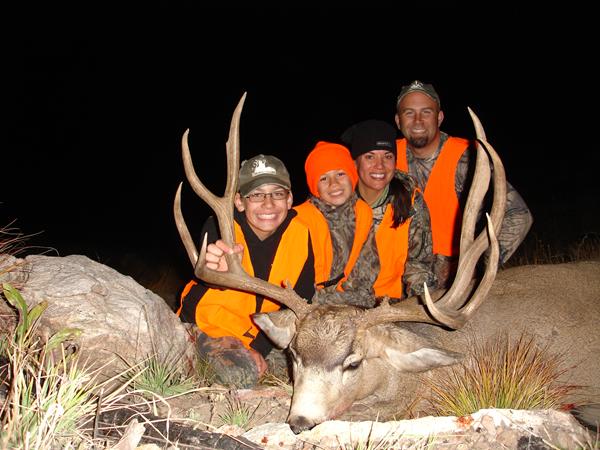
Hunting is a cherished American tradition, and quite frankly, it provides the vast majority of revenue for all wildlife management in the United States. The North American Conservation Model has been the most successful story ever when it comes to prioritizing sustainable wildlife populations. While every state features big game diversity, western states tend to have more diverse species when it comes to hunting opportunities. These states rely heavily on non- resident dollars to fund their wildlife management efforts. And yet, in recent years, non-residents are seeing drastic cuts in available tags. The standard practice of cutting tags and raising prices is not a viable long-term solution, and wildlife officials need to get more creative in managing non-resident hunting opportunities.
In many cases, the western states are cutting non-resident hunting tags to address overcrowding concerns from resident hunters. Another popular reason to cut non-resident tags is to allocate more of the total number of available tags to residents. While this strategy might seem like a reasonable solution, it is not without its challenges. If we keep cutting tags, our hunting heritage will be negatively impacted.
States could experiment with shorter seasons for non-residents, resident- only season dates, splitting seasons for non-residents, weapon restrictions in general season hunts, and other potential restrictions that reduce hunter crowding and protect the resource without eliminating tags entirely. These strategies could help balance the needs of residents and non-residents and address the issue of overcrowding while still allowing hunters to participate in the activity they love.
Wildlife is a public resource, and while residents should have more opportunity than non-residents as a whole, we still need to focus on welcoming hunters into the fold. Hunting is not just a leisure activity, it is also a means of conservation. Hunting licenses, tags, and other fees fund conservation efforts that benefit wildlife. Therefore, if we want to protect our hunting heritage, we need to continue to attract and retain hunters, including non-residents.
We need to be mindful of the fact that hunting opportunities for non-residents are often more expensive than for residents. Additionally, non-residents typically have to travel long distances to get to hunting areas, which can be a significant expense. Raising the cost of non-resident tags and reducing opportunities could lead to decreased participation from non-resident hunters, which would have a detrimental effect on wildlife conservation.
In conclusion, western states need to get more creative when it comes to managing non-resident hunting opportunities. We need to experiment with new strategies that balance the needs of residents and non-residents, while also promoting wildlife conservation. Wildlife is a public resource, and it is up to us to ensure its survival for future generations. By welcoming hunters into the fold and educating them on the importance of conservation, we can protect our hunting heritage and ensure a bright future for our wildlife resources. Whether you’re lucky enough to be a resident in one of the states in question or you’re viewing this issue through a non-resident lens, I’d encourage you to think about new solutions and share them with the hunting community. It’s amazing how powerful a grassroots movement can be, but every movement begins with a party of one!